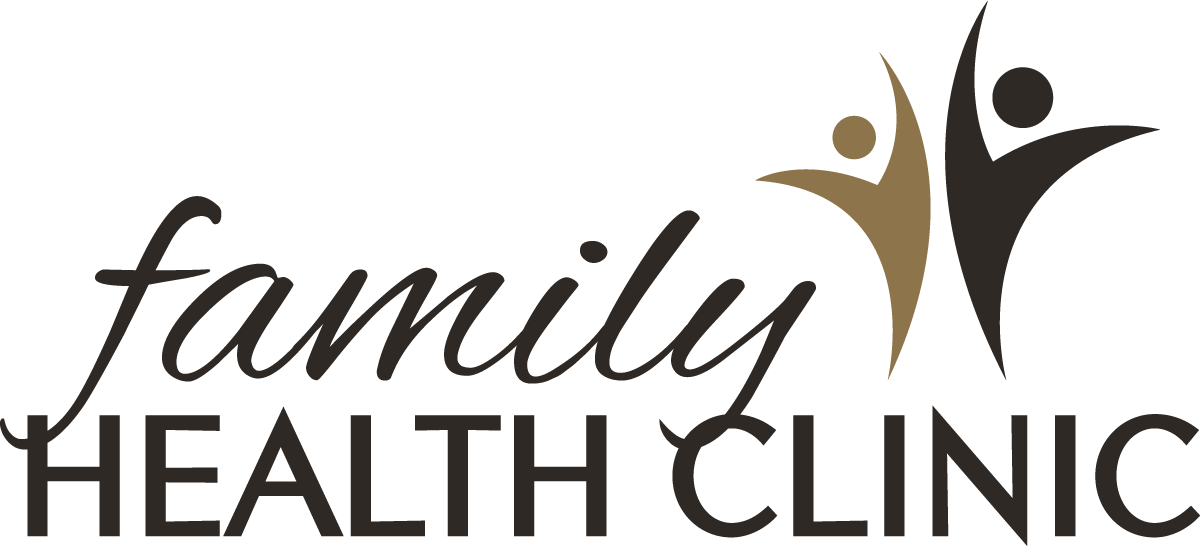April is National Sexually Transmitted Infection (STI) Month. We talked to public health professionals and medical providers to answer common questions and misconceptions about STIs. If you are sexually active or know someone in your life who is sexually active, this is important information that you should read!
Check out our conversation below!
What is an STI, and How is it Different from an STD?
STDs are infections that are passed from one person to another during vaginal, anal, and oral sex. They’re really common, and lots of people who have them don’t have any symptoms. STDs can be dangerous, but the good news is that getting tested is no big deal, and most STDs are easy to treat. STD stands for sexually transmitted disease—but you probably knew that part already. “STD” is the most commonly used term for the collection of medical infections that are transmitted through sexual contact.
But that’s just the thing. People who become infected, don’t always experience any symptoms or have their infection develop into a disease. That’s where the more modern term “STI” comes from. STI stands for sexually transmitted infection, and many people, mostly the medical community, have begun transitioning from “STD” to “STI” in an effort to clarify that not all sexually transmitted infections turn into disease.
For instance, the vast majority of women who contract HPV (human papillomavirus) will not develop the resulting disease cervical cancer. In fact, most cases of infection will clear up within two years. Additionally, people who use this term believe that it also eliminates some of the shame that’s been associated with the acronym “STD.” So, the long and short of it is this: STD and STI both essentially stand for the same thing. The distinction is that an STI doesn’t always mean you have an STD.
How can STIs impact people's lives?
While sexually transmitted diseases (STDs) affect individuals of all ages, STDs can take a heavy toll on young people in particular. The Centers for Disease Control and Prevention (CDC) estimates that youth ages 15-24 make up just over one-quarter of the sexually active population, but account for half of the 26 million new sexually transmitted infections that occur in the United States each year.
If you could have people remember one thing about STIs, what is it?
An ounce of prevention is worth a pound of cure! Abstinence is the best way to avoid STDs, but limiting the number of sexual partners will also reduce your risk of infection.
Making it a policy to always have protected sex. Correctly using male condoms and other barriers like female condoms and dental dams, every time, can reduce (though not eliminate) the risk of sexually transmitted diseases (STDs), including human immunodeficiency virus (HIV) and viral hepatitis. They can also protect against other diseases that may be transmitted through sex like Zika and Ebola. Using male and female condoms correctly each time can also help prevent pregnancy. However, remember that STDs can be passed with oral sex as well.
If you test positive for any STI, you should inform all recent sexual partners (past 60 days) so they can get tested and treated too. This is the right thing to do!
How would you encourage someone to get tested for STIs?
Testing is easy and will be done by professionals. No one should fear any judgment.
What are other STI-related health services that people can turn to if they need help?
Treatment is readily available. Testing, however, is the first step. Once you are tested you will be given information about treatment if necessary.
How and where can you get tested?
- Your Family Health Clinic provider can complete STI testing and treatment. We’ll submit the claim to your insurance, but if you don’t have insurance testing is free of charge.
- County health departments can provide STI testing and treatment, though not all health departments do. We recommend calling or researching your local health department. If they don’t do testing themselves, they likely have information for where you can go instead.
- White County: HIV & Hepatitis C testing is available on the first Monday of the month, thanks to our partnership with Aspire. No appointment is necessary. Walk-ins are welcome at the White County Health Department from 10 am-2 pm. HIV and Hepatitis C testing is free of charge! Located at 901 Foxwood Ct, Monticello, IN
- Organizations such as Planned Parenthood and Bravely Women’s Health – Lafayette, IN provide free or low-cost STI testing and treatment
- Find other testing centers near you at testing.com
- Many telehealth services will offer at-home STI test kits and telehealth consultations with a medical professional. You can also find at-home test kits at a pharmacy or drug store such as CVS or Walgreens. These range in price and can be as low as $10 and as high as $250. Some insurance companies will cover the costs of at-home testing, but many require the testing to be completed in a clinic or lab.
Need to talk to a healthcare provider? We can help.
If after reading this information, you feel like you want to talk to a healthcare provider to get your questions answered about testing or treatment, make an appointment with us by calling (800) 321-5043.
At the Family Health Clinic, we provide screening, testing, treatment, and education. Our testing can be done using urine or blood. We believe it is important for men and women to get checked if they are sexually active because even though you may not be exhibiting symptoms, you can be a silent carrier.




